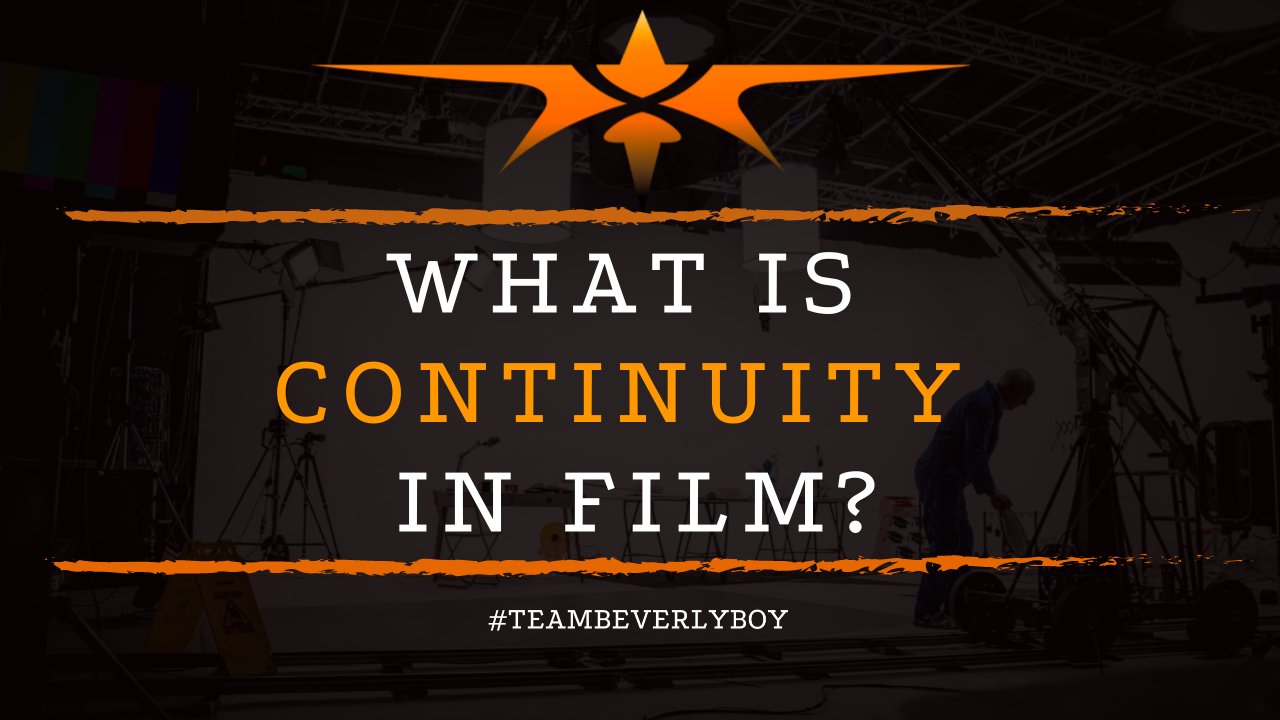
What is Continuity in Film?
Learning how to maintain continuity in film is incredibly important for filmmakers to understand. But the sheer amount of attention to detail that is required in order to achieve continuity can be incredibly difficult to follow. If you’re new to filmmaking, you may not even know what it means. And you might even be wondering, “What is continuity in film?” If this sounds like you? Then you certainly won’t know how to point out continuity errors. Or the potential mishaps that are likely to take place as a film makes its way through production and post-production editing.

What is Continuity in Film?
Continuity in film represents a unique process. In which the filmmaker, and the editor, work together. To ensure that when the various components of a film are organized they tell a cohesive story.
Maintaining consistent continuity in film helps the audience to stay connected to the reality of the video and can be used to further establish the narrative.
Continuity represents the focus on making sure that each shot matches. So that, when the editor goes to finalize the footage, everything aligns.
During production, the continuity is monitored to ensure details. Such as how an actor holds a cup, where they stand, where they look. Or even what they’re wearing. And how their makeup looks is identical. Even if multiple takes are required or if a scene must be reshot later on.
Errors in Continuity
Have you ever watched a film and instantly noticed that from once scene to the next a particular character stands out — as wrong?
Bold Errors
For example, maybe the character was wearing a pink sweater in the scene. And then the camera goes to another scene of characters that are outside, and back to the first scene.
But that character that was wearing the pink sweater is now in a red sweater even though the timing of the scene is continued from the prior point? You notice it instantly, it stands out, it’s wrong! And you’re right! In fact, you just spotted an error in the continuity of the film.
The sweater example is a bold error in continuity. But sometimes in continuity editing there are small errors that are not quite as easy to recognize. But which are still — errors in continuity.

Subtle Errors
Many errors in continuity are subtle. For example, you might notice that in one part of the scene, a character’s glass is almost full and in the next, even though they never took a drink, their glass is nearly empty.
Methods of Avoiding Continuity Errors
Filmmakers use several methods of continuity to help avoid errors. The simplest continuity errors, such as how full a glass is or what a character is wearing can be avoided by simply capturing a shot of the scene for recreation later on.
However, things like where the actor is looking, how they stand, or their exact position on the set are more difficult to recreate, and this is incredibly important from scene to scene.
So, while we’ve answered the question, “What is continuity in film?” let’s take a look at the most common methods of avoiding continuity errors in film which are:
- Eyeline Match
- The 180-degree rule
- The 30-degree rule
- Matching Action
- Eye Trace
These and other methods of maintaining continuity editing are heavily focused on to ensure the illusion of time and space that is created in film remains intact from one scene to the next.


